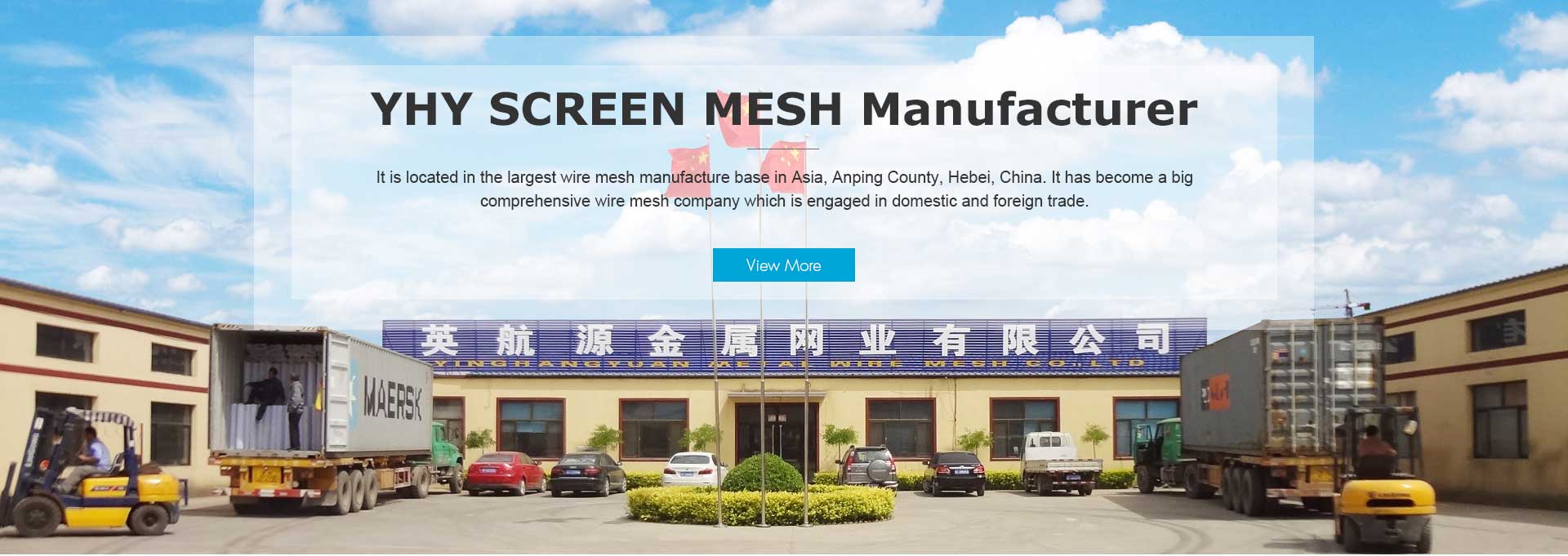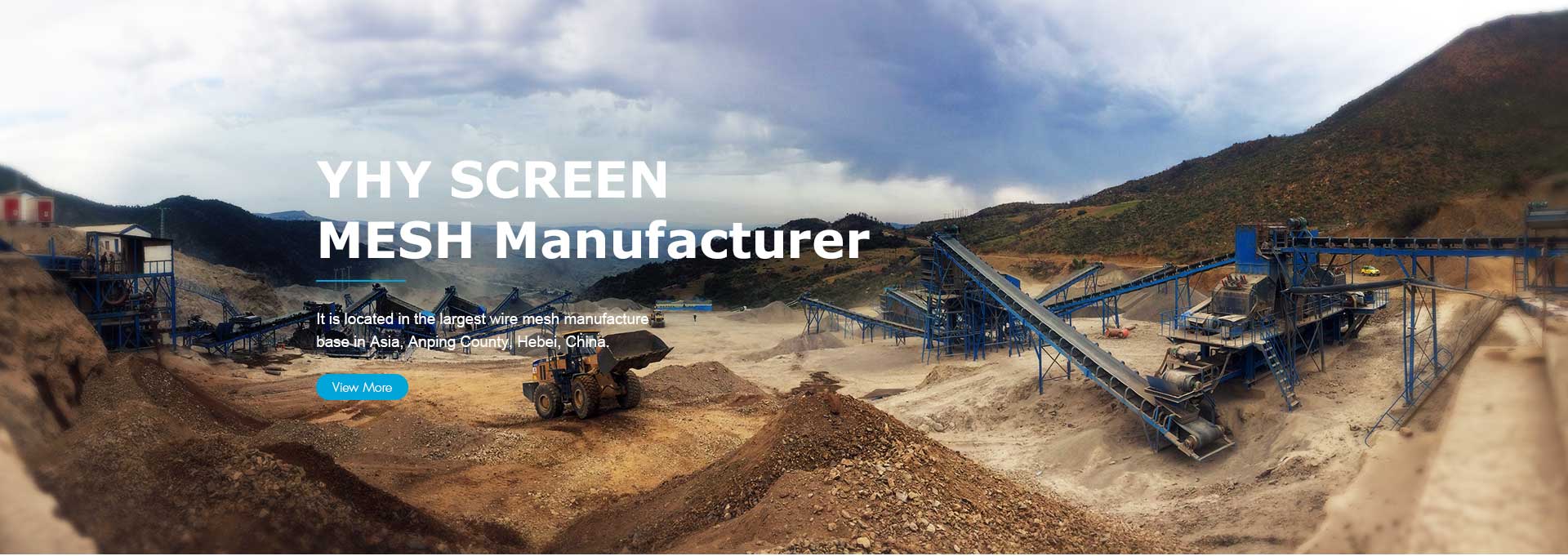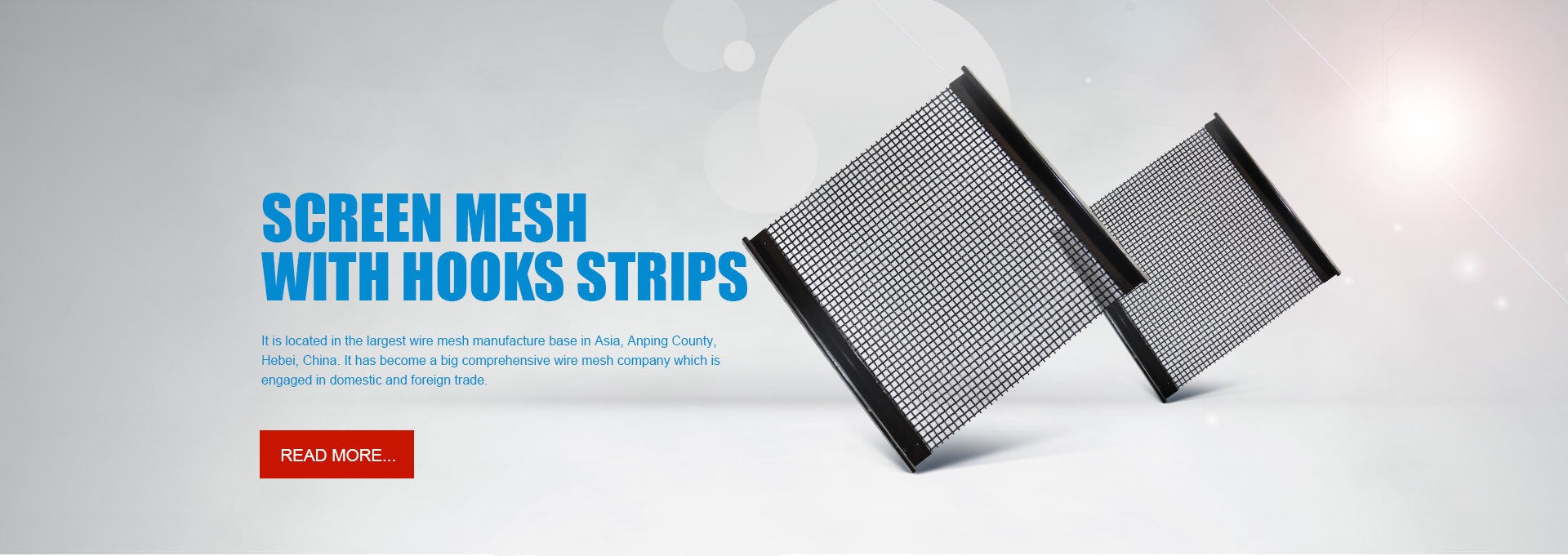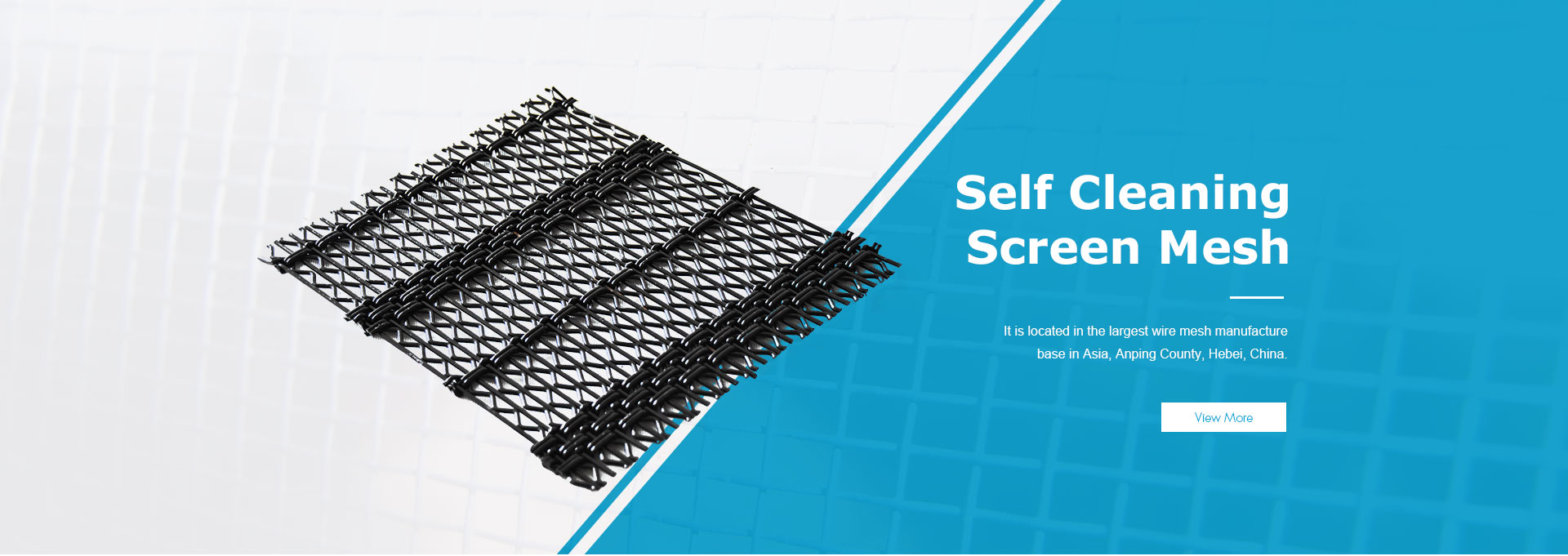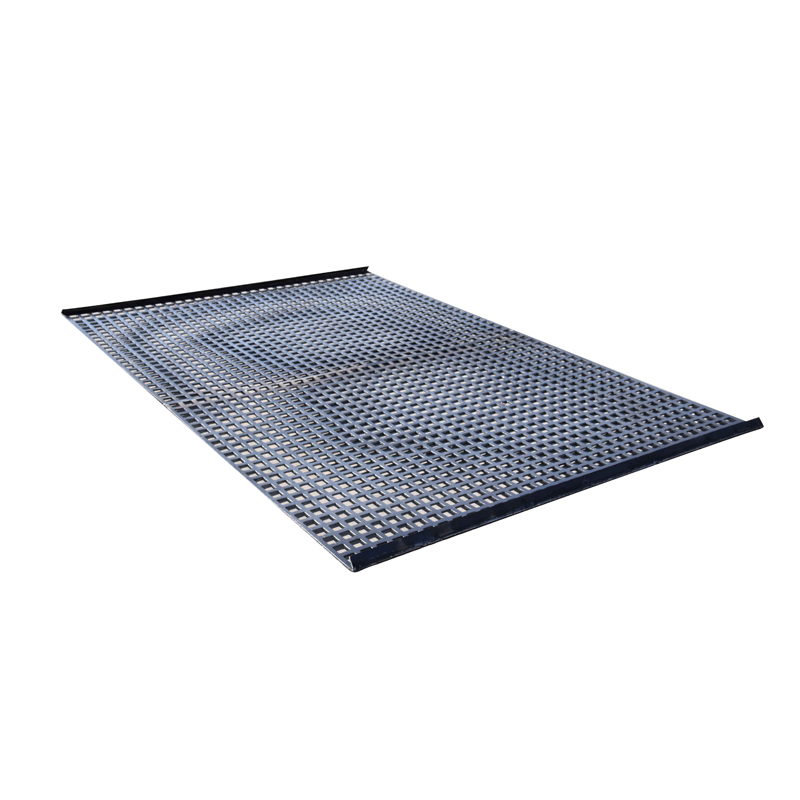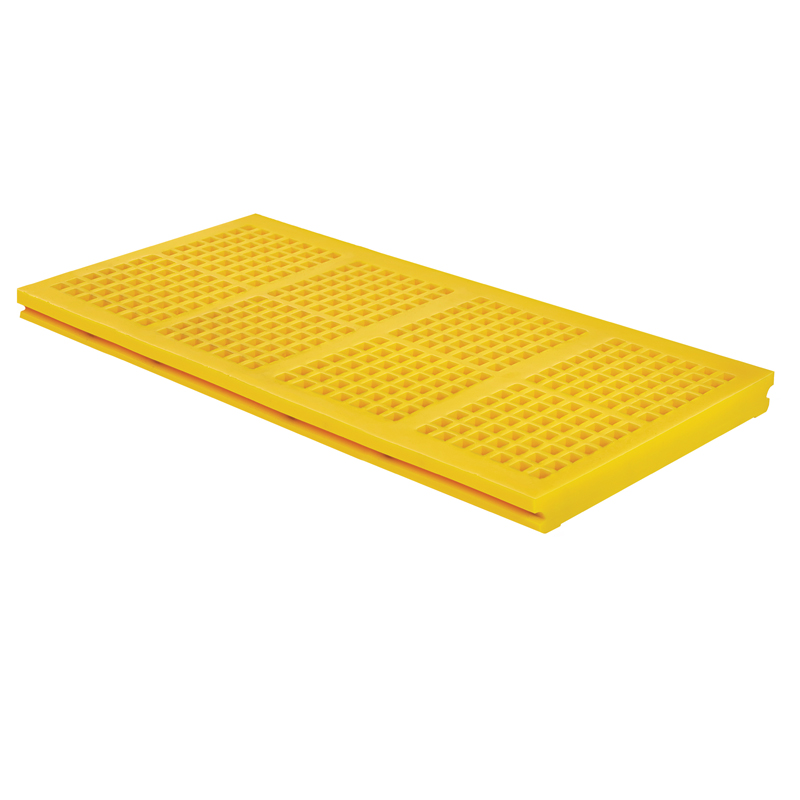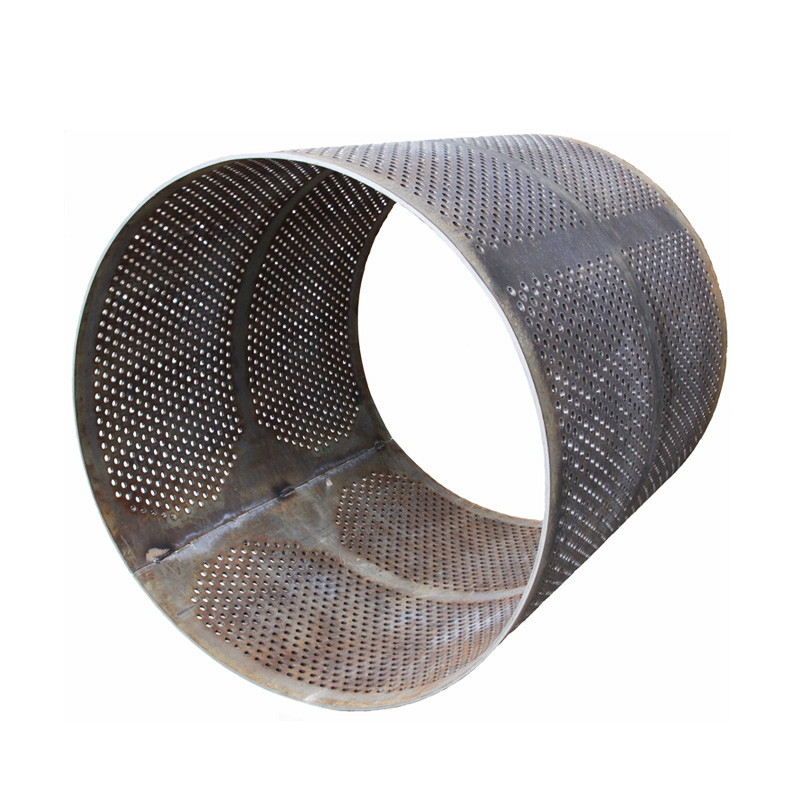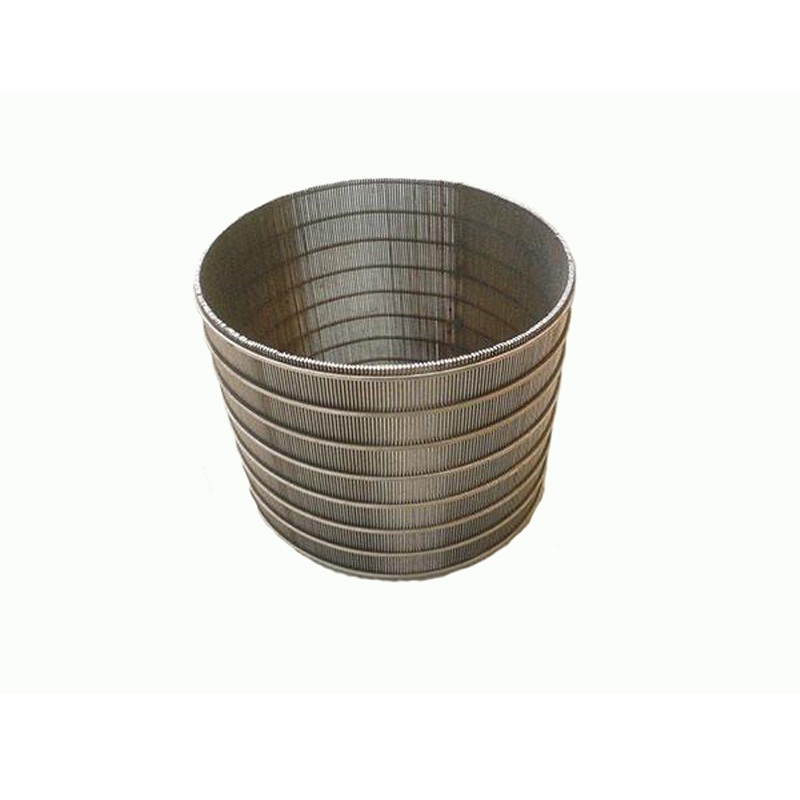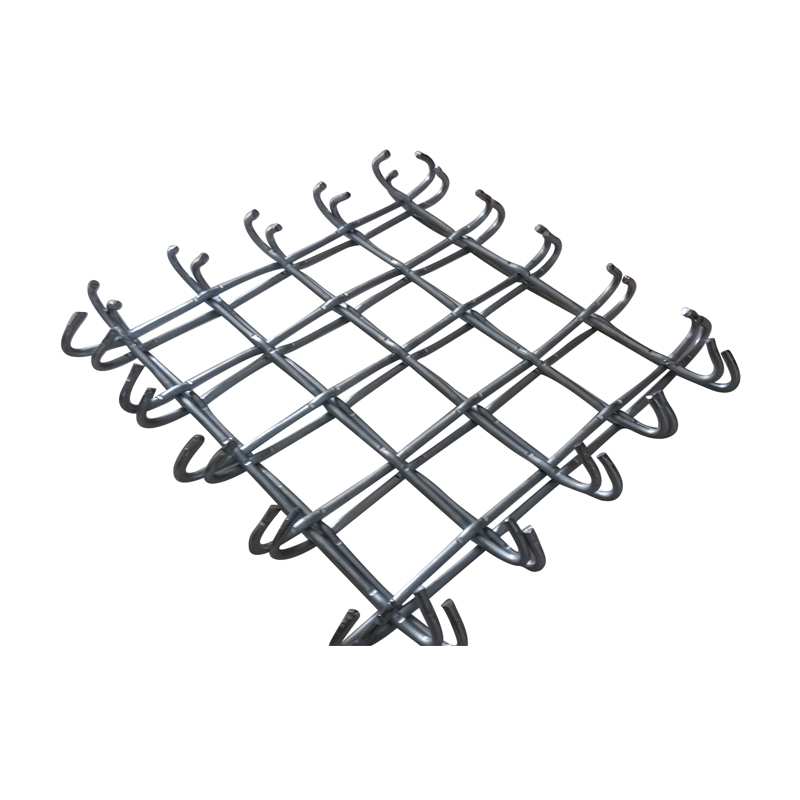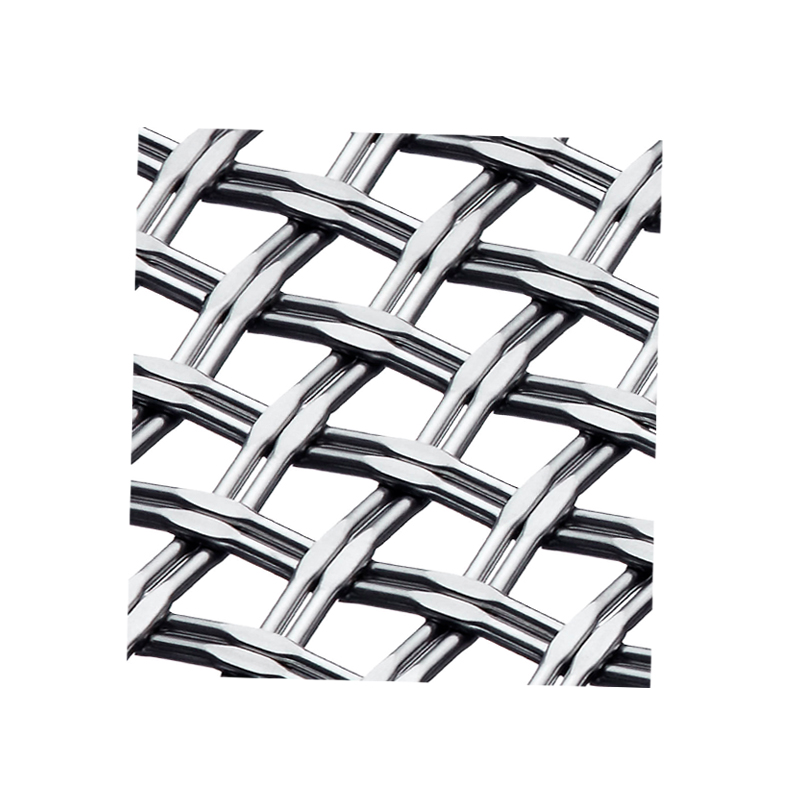Polyurethane screens have a wide range of applications and are more professionally applicable. They are suitable for any type of vibrating screen and can be made to measure. Polyurethane screen plates are professionally used in hydropower stations, building materials and other metal beneficiation industries. Screening of various materials within the range of 0.1mm-170mm, whether dry or wet, does not affect the screening efficiency. For dehydration and de-mediation screening within the range of 0.5m-3mm, the superiority of polyurethane screen surface is more fully demonstrated. The product is water-resistant, corrosion-resistant, aging-resistant, and easy to replace and maintain. Polyurethane has a low density (1.32kg/m3) and is lighter than metal screen surfaces, which can reduce production unit consumption, so it can adapt to the requirements of large-scale development of screen machines.
In the metallurgical industry, ore dressing plants generally use circular oscillating screens for pre-screening and inspection screening of ore, and use oscillating fine screens to grade the products of the mill to improve the grade of the concentrate. For the needs of grading sintered ore and cold sintered ore, linear motion tracks and secondary vibration isolation principles are used to form hot ore screens and cold ore screens; other places use linear screens to screen coke, replacing the original tumbling screens.
In the coal industry, the classification of coal uses circular oscillating screens, probability screens distributed using probability screens, and equal thickness screens of equal thickness screening methods in different occasions; linear oscillating screens are used for dehydration and de-intermediation of clean coal and fine coal; for the classification of wet fine particles below 6mm with a water content of 7% to 14%, string screens, rotary probability screens, and tumbling screens have appeared successively to solve the problem of hole blocking and improve screening efficiency; in addition, the arc screen and the linear screen are combined together to form an arc high-frequency fine screen to solve the problem of dehydration.
In the water conservancy and power sector, the pre-screening of coal in thermal power plants is completed by circular oscillating screens or equal thickness screens; the processing of coal is handled by linear screens. In the construction of hydropower stations, such as the Three Gorges Project, various large-scale screening machines are required to grade sand and gravel.
In the transportation industry sector, for the sand and mud removal of railway ballast, the probability equal thickness screen based on the probability equal thickness principle works very well; the hot stone screen can be used to grade the stones of asphalt concrete, which plays an important role in the construction of highways.
In the chemical industry sector, for the screening of chemical raw materials and commodities, and the grading of fertilizers and compound fertilizers, oscillating screens and fertilizer screens are key equipment.










